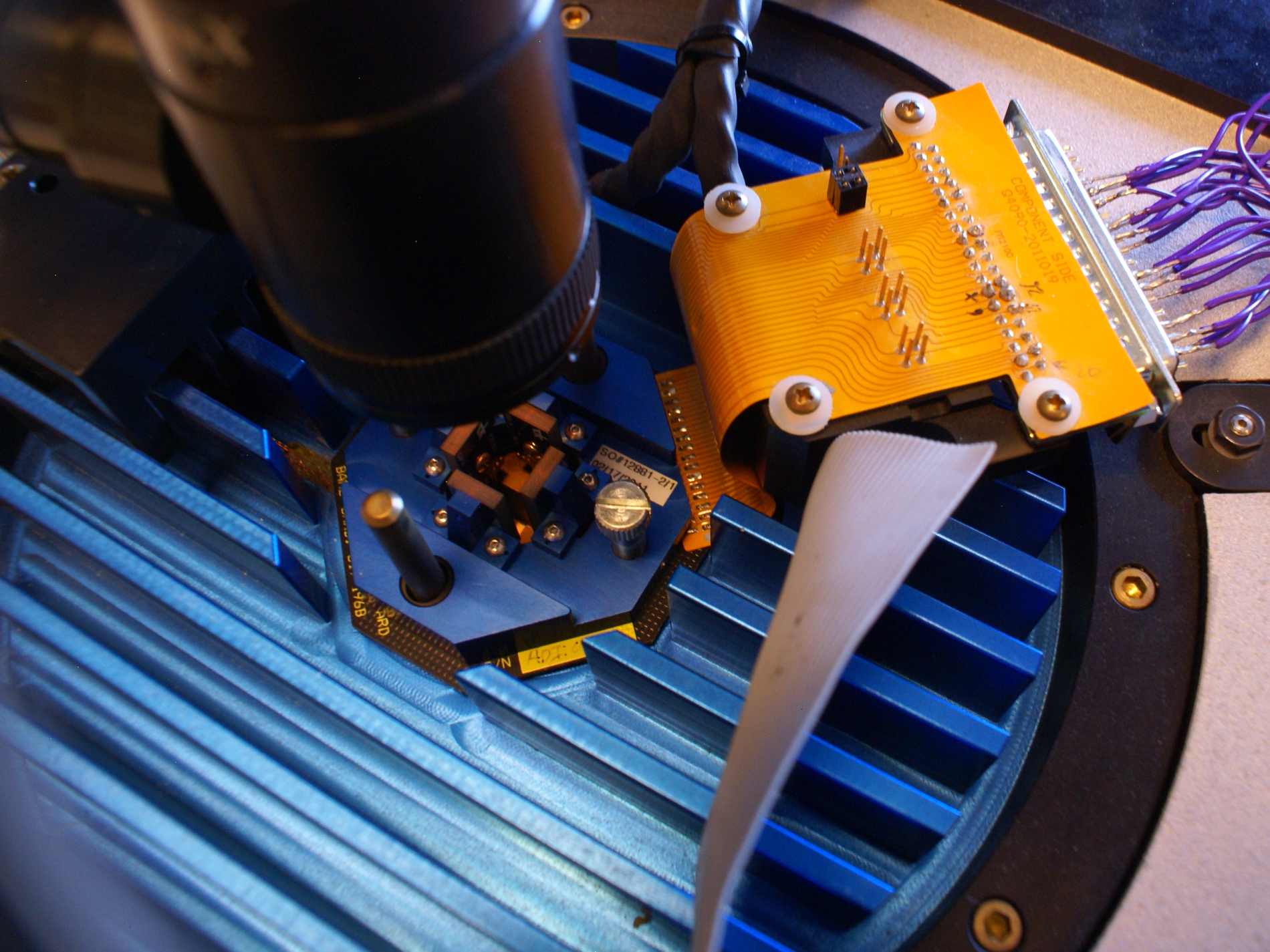Bernard Dieny from the Spintec laboratory at IRIG, receives a grant for the project he submitted with Ricardo Sousa, researcher from the same laboratory, for the ERC Proof of Concept
Nanosense (Nanoscale Integrated Magnetic Field Sensor). This project aims at the realization of a magnetic field sensor ultrasensitive to the field perpendicular to the sensor plane. Compared to existing sensors, the researchers expect a 10-fold reduction in sensor area, 50-fold in power consumption and a 10-fold increase in signal-to-noise ratio. These sensors will be particularly interesting for sensor networks, wearable applications (smartphones, etc.), automotive and medical devices.
Magnetic sensors are present everywhere in our daily lives. We often use them in cars, robotics, medical applications, for power sensing, electronic compass, etc. Among them, magnetoresistive sensors play an increasing role thanks to their relatively small size, good sensitivity and low cost. However, magnetoresistive sensors saturate above typically a few milli-Tesla which is too low for a number of applications. Besides, reducing the sensor footprint is important in terms of costs. In addition, smaller sensors have also a reduced power consumption which is very important for wearable applications and sensors used in Internet of Things. Therefore, it is commercially desirable to be able to develop a low cost, nano-size, magnetoresistive sensor in which the dynamic range could be extended and easily adjusted in the range 80mT-400mT commonly used in linear or angular encoders. Within an ERC project which just ended entitled “CMOS/Magnetoelectronic Integrated Circuits with Multifunctional Capabilities”, a novel concept of magnetic field nanosensor sensitive to out-of-plane field was proposed and patented. Initial experiments performed within this ERC project provided very promising results. The purpose of this ERC project is to make a full proof of concept of this sensor demonstrating its outstanding performance and subsequently move towards a start-up creation of licensing of the technology to an existing sensors manufacturer. Within NANOSENSE, we aim to achieve gains over existing sensors by 10x in terms of footprint reduction, 50x in power consumption, 10x in signal to noise ratio while increasing the sensing range up to ~800mT. This will make these sensors suitable for integration in sensors network for IoT, sensors for wearable applications, automotive, detection of leakage current in electronic circuits, detection of microcracks in metals, navigation of surgical tools (
e.g. endoscopes).

Electrical test device for the sensors.
© Spintec
The ERC, set up by the European Union in 2007, is the premier European funding organisation for excellent frontier research. It funds creative researchers of any nationality and age, to run projects based across Europe. The ERC offers four main
grant schemes: Starting Grants, Consolidator Grants, Advanced Grants and Synergy Grants. The ERC is led by an independent governing body, the
Scientific Council. Since 1 November 2021, Maria Leptin is the President of the ERC. The overall ERC budget from 2021 to 2027 is more than €16 billion, as part of the
Horizon Europe programme, under the responsibility of the European Commissioner for Innovation,
Research, Culture, Education and Youth, Mariya Gabriel.